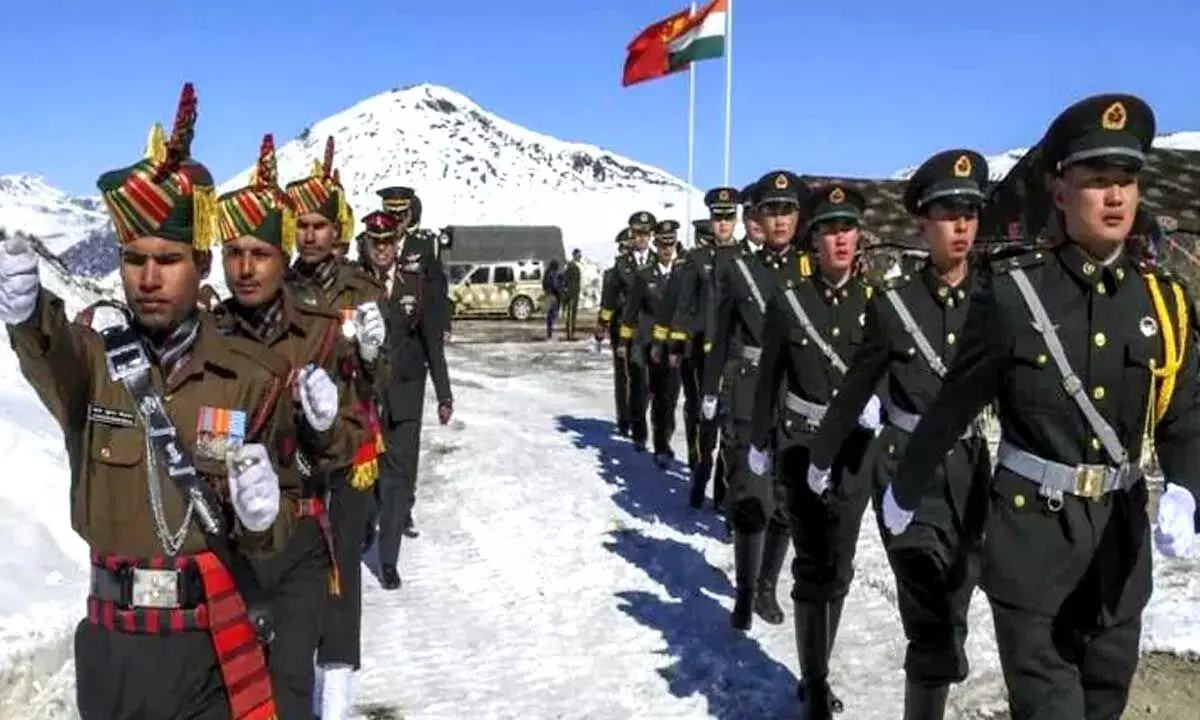Geopolitics effect: India and China’s military spending will be high
Data from the 2023 edition of ‘The Military Balance’ indicates that although competing strategic drivers served to push defence spending upwards, the economic challenges weighed on public-spending decisions.
image for illustrative purpose

Data from the 2023 edition of ‘The Military Balance’ indicates that although competing strategic drivers served to push defence spending upwards, the economic challenges weighed on public-spending decisions. These included soaring rates of inflation, weaker currencies and ongoing supply-chain disruption. In nominal terms, global defence spending has been on a strong upward trajectory over the last five years, increasing from a nominal $ 1.7 trillion in 2017 to $ two trillion in 2022. Until recently, the same could be said of defence spending in real terms, but this upward trend stalled in 2021 and 2022 owing to escalating inflation, leading to a widening delta between nominal and real spending. Using 2015 as the base year for real terms calculations, the difference came to $ 101bn in 2020. This more than doubled to $222 bn in 2021, which again rose to $ 312bn in 2022.
Indeed, since 2017, the cumulative impact of inflation on defence expenditure has wiped nearly $ 850bn from the effective purchasing power of global defence investment, even as governments have seen their security challenges sharpen. Had inflation continued on the steady trajectory evident before 2021, the cumulative impact would have been an estimated ` 580bn. The war in Ukraine altered the list of top military spenders, with Russia moving up to the third position. In terms of spending proportionate to the GDP, the US stabilized its outlays at 3.5 per cent, while Germany increased spending somewhat to 1.4 percent of GDP. In the aggregate, Europe increased defense spending by 13 percent in 2022 and Ukraine moved to the 11th place by spending $44 billion. The churning of positions among the top military spenders over the past 30 years leads us to two conclusions. First, the size of the economy matters; and if a country’s economy grows rapidly, it can—and, as shown later, normally will—spend more on the military. Secondly, having a market for natural resources, such as oil and gas, helps sustain high levels of military spending. High growth in China has clearly given it the capacity to increase military spending more than other countries.
In some sense, we can identify a “growth dividend” that allows countries to increase military spending in real terms without cutting other spending or raising budget deficits. Greater geopolitical tensions and conflict, however, can also impact military spending. In the US, for example, the end of the Cold War led to a decline in the real growth of military spending. As is apparent, the growth of military spending is somewhat lower than predicted by its increase in GDP. And in Russia, military spending rose over the past year in real terms, despite a slowdown in economic activity. If the geopolitical tensions remain as they are today, it is safe to assume that military spending will grow faster over the next 10 years in countries with relatively high economic growth. This implies that China and India will continue to increase military spending at a faster clip than the United States and other G7 countries, with potentially important implications for the global balance of power.

